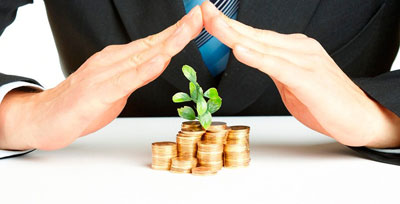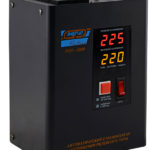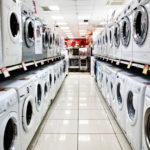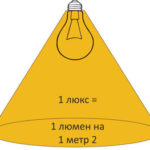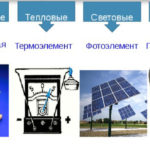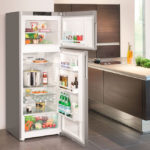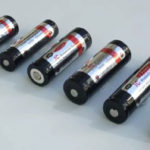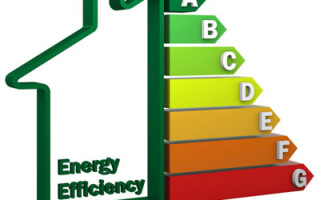Today, 7 key energy efficiency classes are used: A, B, C, D, E, F, G. Classes are assigned to electronic devices based on the number of kilowatts consumed during operation. Each letter is marked against a background of a certain color from green to yellow, and then to red.
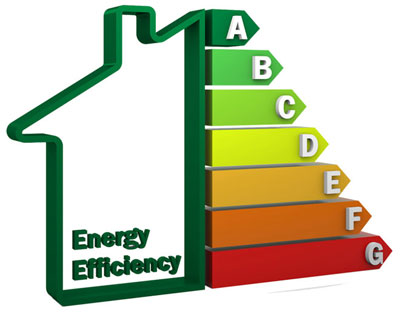
In Europe, since 1995, energy classes have been applied for household and office equipment, depending on the power consumed. Each European-made device must have a marking and a corresponding sticker with energy parameters. Classes are marked in Latin letters on a scale from A (very economical appliances) to G (appliances with high energy consumption).
Also, the stickers for each class correspond to a shade on the scale: A, B, and C are indicated in green, and further ones are marked in yellow and red.
Content
What does this indicator affect?
Initially, we will explain what energy efficiency of devices is.It is related to the amount of electricity consumed by office and household appliances, and the possibility of setting the economy mode at a lower power. This indicator affects the amount of electricity used and the power of the device itself during operation.
Energy efficiency classes are a specially developed marking scale that provides the consumer with the most complete information about the degree of electricity consumption by equipment. With the help of this marking, you can correctly choose equipment for domestic and office use and significantly save on paying electricity bills. Moreover, focusing on the marking, you can choose equipment with a combination of high power and efficiency.
Note that devices with powerful motors (e.g. washing machines), cannot provide a low level of consumption. However, such equipment is classified as class A, since the engine and water heater power indicators are taken into account.
Comparison of equipment from different categories by class is unacceptable, since devices of the same class, but of different categories, may have different energy efficiency indicators in their categories.
To be sure of the high efficiency of equipment, choose the class marking A, A+, A++, A+++ on a green background. The calculation of energy efficiency is carried out on the basis of the technical characteristics of the device and the mode of operation. For example, the electricity consumption for a washing machine is calculated based on the maximum load and the energy consumed per hour of operation. The marking of the oven is affixed depending on the power and volume.And when calculating the indicator for an air conditioner, the presence of a heating mode, the number of channels in a split system and the presence of water cooling are taken into account.
Types of energy efficiency classes of electrical appliances
When purchasing equipment, you need to focus on the class and category of energy efficiency. Here is a detailed decoding of the alphabetic characters that denote energy consumption classes:
- BUT (including A+, A++, A+++) suggest 45% less electricity consumption than standard mode. This group includes devices with the lowest energy consumption, which are designed for a long service life of up to 15 years;
- B and energy efficiency class C mean that appliances consume 25% and 5% less electricity, respectively. The group includes economical devices, however, they are characterized by less power and a reduced level of efficiency;
- D, E. Appliances consume 100 and 110% of electricity, respectively, are marked in yellow, which corresponds to the average level of energy efficiency;
- F, G. Equipment in the process of work is not economical, it consumes 25% more electricity.
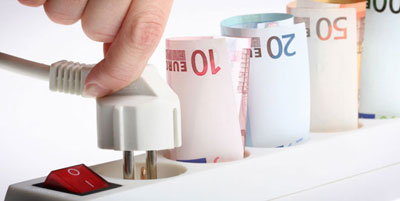
According to European standards, all purchased equipment must have a certain energy efficiency class, that is, a label of the corresponding color on the scale is glued on the body and in the passport of the equipment and the letter designation is indicated.
High energy saving class A includes the most efficient and productive equipment, and modern appliances of classes A +, A ++ and A +++ are preferred for purchase. All equipment for home and office use should be marked:
- refrigerators and freezers;
- washing machines;
- air conditioners;
- electric stoves and ovens;
- dishwashers;
- microwaves;
- televisions;
- air heaters;
- electric water heaters;
- lamps.
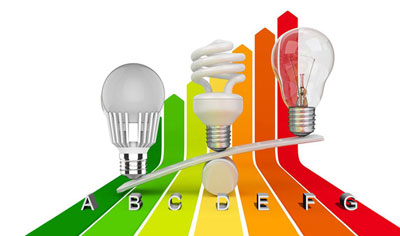
The difficulty lies in the fact that energy saving classes for different types of devices are based on the calculation of different technical characteristics.
Consider how different electrical appliances that consume electricity receive a certain class of belonging:
- in washing machines, the ratio of power per hour and the maximum allowable load weight is taken into account. In some cases, the equipment indicates separately the class of energy consumption, washing and spinning;
- in electric ovens, chamber volume and power are taken into account;
- for dishwashers, the calculation of the efficiency of washing dishes and drying is separately established;
- the class of air conditioners is calculated based on the ratio of the cold flow performance index to the actual electricity consumption for cooling;
- for refrigerators and freezers, the belonging is calculated by the ratio of the actual electricity consumption to the standard one;
- the class of television equipment is determined by power consumption and screen area.
So, regardless of the calculation method, the energy consumption index directly affects the efficiency of the device. It is recommended to pay attention to the labeling and purchase energy-saving devices that provide a sufficient level of power with less electricity consumption. Class A equipment is more expensive than others, but over the life of the equipment, savings will be in the amount of electricity consumed.
